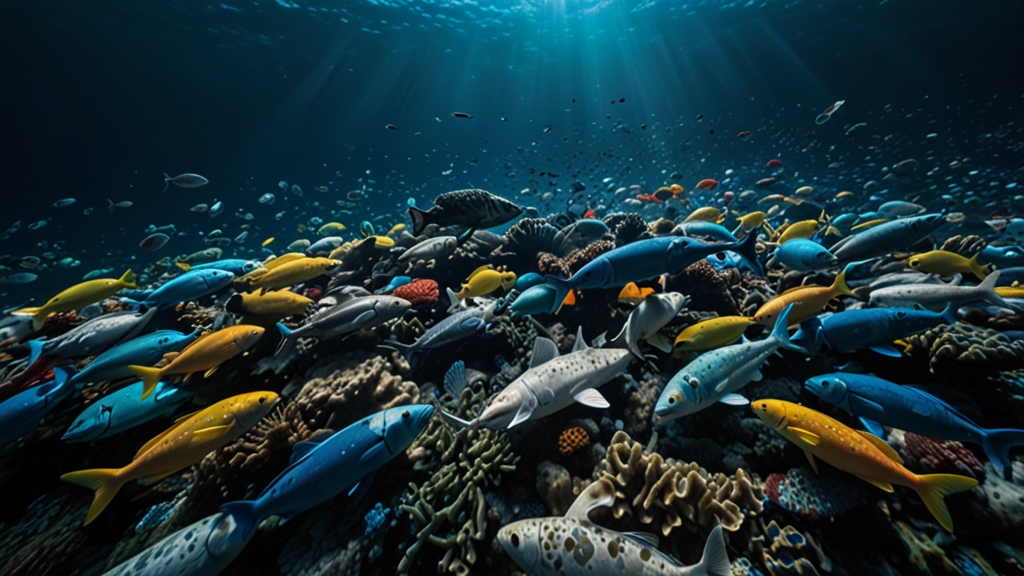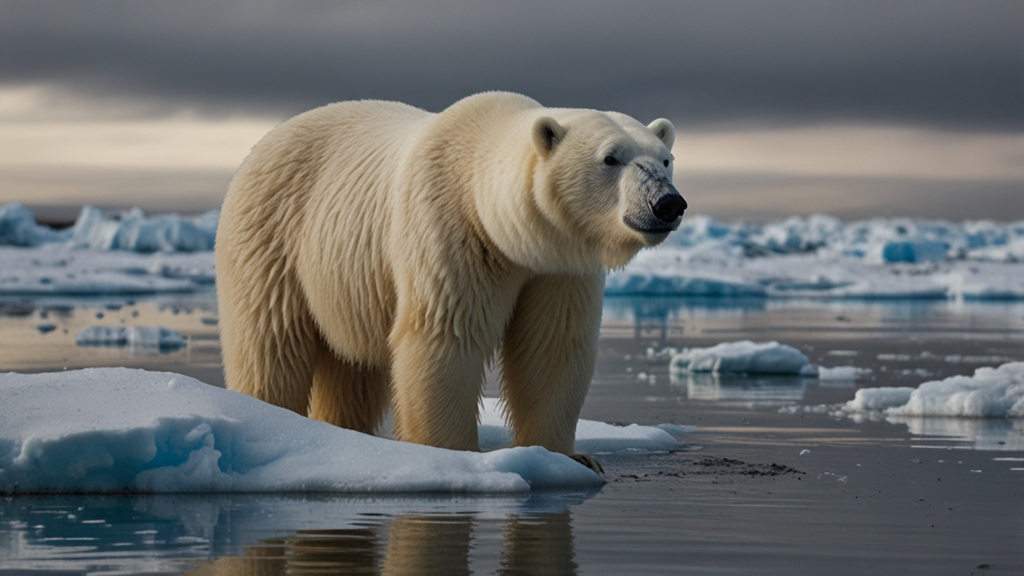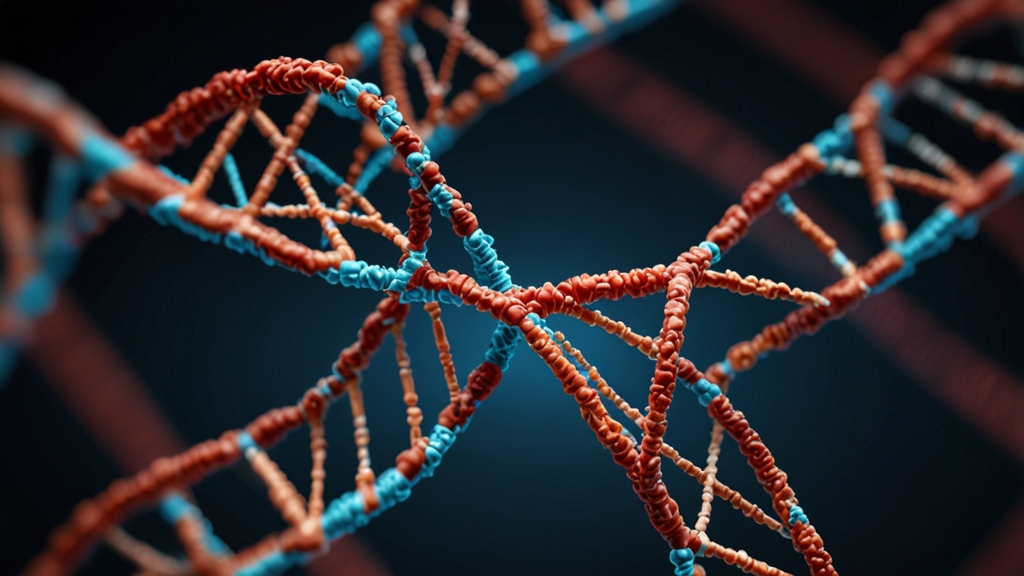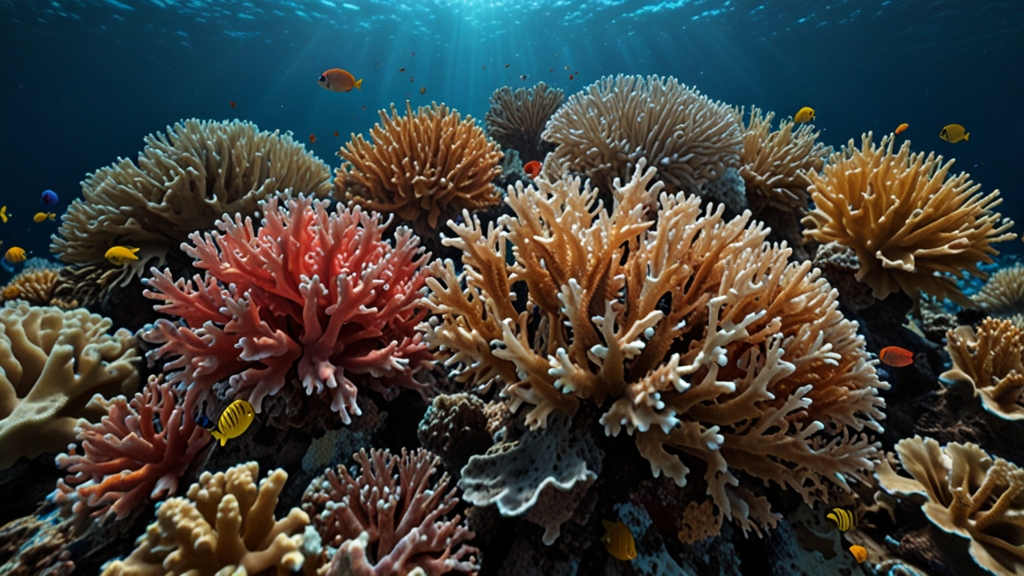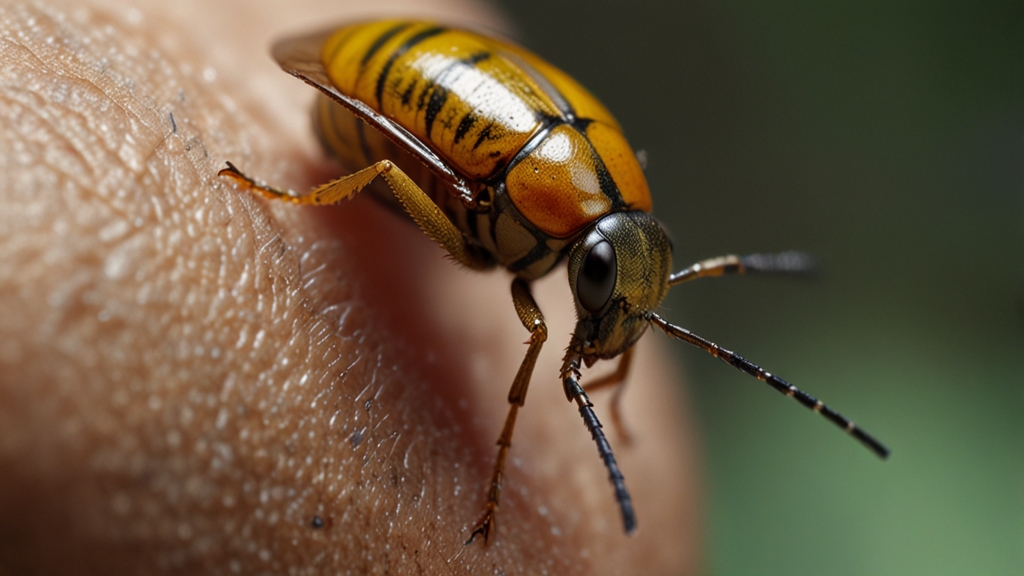Microplastics and Marine Life: The Dark Side of Our Oceans
Microplastics are becoming an increasingly concerning issue in the world’s oceans. These tiny, often microscopic plastic particles, defined as being less than 5mm in length, are emerging as a significant threat to marine life and ecosystems. The term ‘microplastics’ encompasses a range of materials, including fibers from clothing, fragments from larger plastic debris, and microbeads from personal care products. Despite their small size, their impact is alarmingly vast and pervasive. In this article, we explore the ways in which microplastics affect marine life and what this means for the health of our oceans.
The Ubiquity of Microplastics
One of the most troubling aspects of microplastics is their near-ubiquitous presence in marine environments. From the surface of the oceans to the deep sea, and from the polar ice caps to tropical beaches, microplastics have infiltrated every corner of the globe. A major source of microplastics is the breakdown of larger plastic items such as bottles, bags, and fishing nets that are discarded into the sea. The degradation process, driven by sunlight, waves, and chemical reactions, fragments these large items into smaller pieces.
“Microplastics are a pervasive pollutant in marine environments, found in alarming concentrations even in the most remote parts of the oceans.” – Marine Pollution Bulletin
Moreover, microplastics are also intentionally manufactured for certain products. Microbeads, once common in cosmetics and cleaning products, are one such example. These tiny plastics are designed to wash down the drain, leading them straight to the oceans via wastewater systems. Although some countries have moved to ban microbeads, the problem persists, exacerbated by the constant input of fibers from laundering synthetic fabrics and tire dust from road runoff.
Impact on Marine Life
The ingestion of microplastics by marine life is one of the most direct and devastating impacts. Small particles can be easily mistaken for food by a wide array of marine organisms, from tiny zooplankton to large fish and whales. Once ingested, microplastics can cause physical harm by obstructing digestion and reducing the feeding capacity of these animals. The presence of plastics in the digestive tracts of marine organisms has been linked to malnutrition, stunted growth, and reduced reproductive success.
“The ingestion of microplastics by marine animals can lead to a false sense of satiation, resulting in starvation and decreased energy levels.” – Environmental Science & Technology
Beyond physical harm, microplastics also pose a chemical threat. Plastics are known to absorb and concentrate toxic chemicals from the surrounding water, including persistent organic pollutants (POPs). When ingested, these toxins can leach into the tissues of marine organisms, leading to adverse health effects such as endocrine disruption, immunotoxicity, and even carcinogenicity. The chemicals adhering to microplastics can thus travel up the food chain, potentially impacting human health as well.
Challenges and Solutions
Addressing the issue of microplastics is a formidable challenge due to their widespread distribution and varied sources. Effective solutions require a multi-faceted approach, incorporating policy changes, innovative technologies, and public awareness.
On the policy front, reducing plastic production and improving waste management are crucial steps. Legislation banning or limiting the use of single-use plastics, alongside promoting biodegradable alternatives, can help curb the influx of plastic waste. Enhanced recycling efforts and better infrastructural management can further prevent plastics from entering the marine environment.
Technological innovations also hold promise. Research into advanced filtration systems for wastewater treatment can help trap microplastics before they reach the oceans. Additionally, initiatives to develop bioplastics and other eco-friendly materials can reduce our dependency on traditional plastics.
Individual Actions Matter
Public awareness and individual actions are equally important. Simple changes, such as opting for natural fibers over synthetic ones, reducing plastic use, and participating in beach clean-ups, can collectively make a significant difference. Educating communities about the impact of microplastics and encouraging responsible consumer behaviors are vital components of tackling this environmental crisis.
In conclusion, the menace of microplastics represents a dark side of our oceans, with far-reaching implications for marine life and ecosystems. By adopting comprehensive strategies and collective efforts, we can mitigate their impact and work towards healthier, more resilient marine environments. The time to act is now, for the sake of our oceans and the myriad forms of life they sustain.
